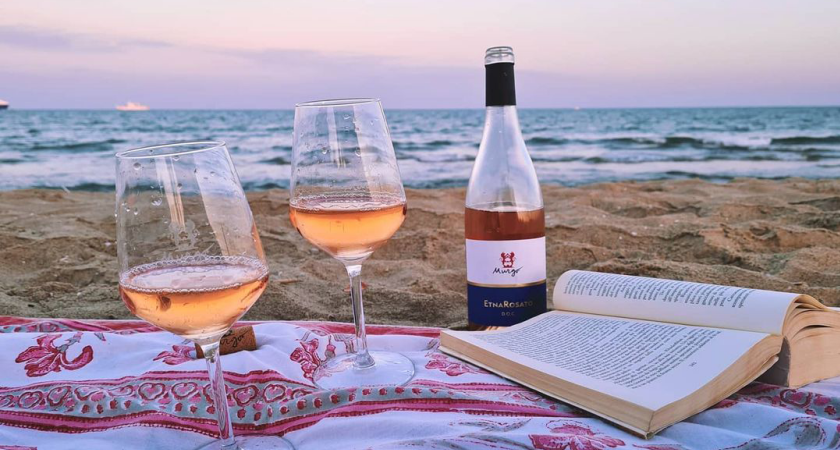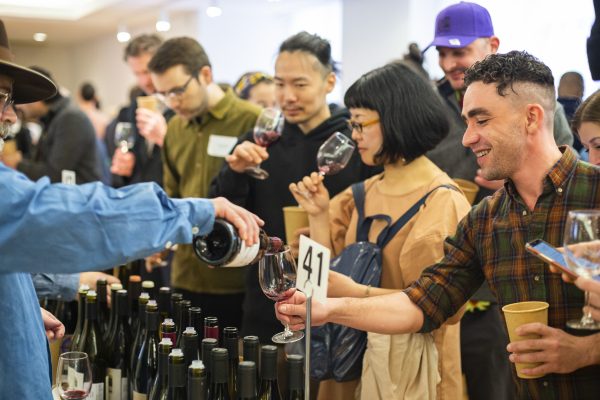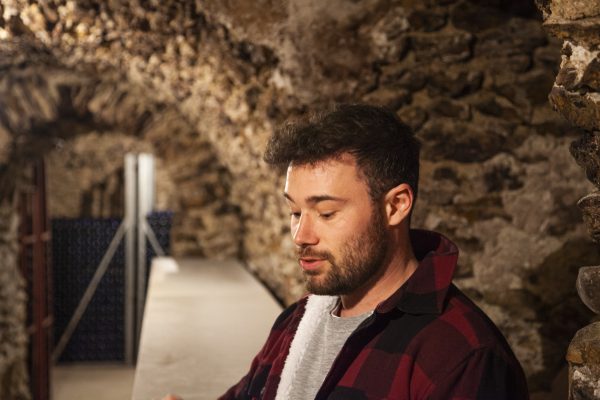We’ve traversed the globe in search of radiant rosés to brighten up the season. Explore Sicily, Greece, Basque Country, and FLX by their regional characteristics, with examples of producers and styles that we’re loving.
While we do enjoy rosé throughout the year, there is something about the weather warming, the flowers blooming, and the days getting longer that makes us reach for a pink bottle more often. And while Provence, California, and Piedmont might be the first regions that come to mind, there are plenty of other hidden gems producing exciting and complex rosés worth exploring.
Let’s take a closer look at four lesser-known rosé regions that are producing some of the most interesting and delicious wines out there: Sicily, Greece, Basque Country, and the Finger Lakes. Each of these regions has its own unique (and downright gorgeous) geographic situation and approach, resulting in a range of styles and flavor profiles that are sure to please even the most discerning wine drinkers.
THE REGION
Sicily is the largest island in the Mediterranean and is the 4th largest wine producing region in Italy. Emerging from the landscape are the wines of Mount Etna (Etna DOC) – an active volcano with the last eruption as recently as February 2021! The rosatos of Mount Etna are expressive of this volcanic terroir.
THE PRODUCERS
TERRE NERE
The Terre Nere estate has roughly 43 hectares of vineyards (along with 150 olive trees) comprised mostly of volcanic ash speckled by black pumice and peppered with abundant volcanic rock; to call it ‘rocky’ is putting it mildly! Their Etna Rosato is 100% Nerello Mascalese produced from their young vines on the Northern slope of Mt. Etna (600-900 meters above sea level). It could be described as ‘a wine that is joyful without being frivolous’.
MURGO
The Scammacca del Murgo family is one of the few winemaking families who can claim long, deep Etna roots; longer than even some of the older Nerello Mascalese vines! As is very popular in the area, their Etna Rosato is macerated for a very short time in order to keep the wine fruity and drinkable.
THE PITCH
Etna rosatos are fresh and bright with poignant acidity and minerality. Made from Nerello Mascalese (and often other native grapes) they present floral aromas with crunchy red fruits and a lingering acidity carrying into the finish. They make wonderful aperitivos, but are also exceptionally food friendly!
THE REGION
When thinking about Greek wines, one’s imagination usually conjurers up images of Mediterranean Islands – but did you know that Greece is the most mountainous country in Europe? Amyndeon is a plateau in the northwest of the country where some of Greece’s most renowned reds are produced. It’s also the only Greek appellation for rosé wines, making it something of a specialty in this wine-loving country.
THE PRODUCERS
KIR YIANNI
Kir-Yianni produces the Provencal-styled ‘L’Esprit du Lac’ (meaning ‘the Spirit of the Lake’) from 100% Xinomavro, a varietal of which Kir-Yianni has been a leading exponent. This Dynamic grape from 60+ year old vines gives this refreshing rosé an appealing structure – lots of zesty acidity and a hint of tannin.
Xinomavro Rose ‘L’Esprit du Lac’, Kir-Yianni
ALPHA ESTATE
Alpha Estate, founded in 1997 by renowned enologist Angelos Iatridis, is one of the most respected estates in all of northwestern Greece. Their rosé is also based on Xinomavro grown in the high-altitude (660m) sandy soil of Amyndeon, but is a more fruit forward and polished style produced with the Saignée method.
THE PITCH
These rosés are for anyone who loves the dry Provencal style, but is looking for something a little more unique and exciting. They are a perfect patio/park pounder! Very well balanced on the palate with a fruity nose and rich expressions of rose petals and strawberries. Unsurprisingly, these wines pairs perfectly with Mediterranean cuisine, such as grilled vegetables and fish.
THE REGION
The Finger Lakes is New York State’s premier winegrowing region located upstate, south of Lake Ontario encompassing eleven finger-shaped lakes spanning 11,000 arcres of vineyards. The region was officially established as an American Viticultural Area in 1982 with growers like Hermann J. Wiemer and Dr. Konstantin Frank putting the region on the map in the world of fine wine. The Finger Lakes are most known for Riesling, but varieties such as Cabernet Franc and Blaufränkisch are quickly becoming associated with excellence as well within the two sub-appellations: Seneca Lake AVA and Cayuga Lake AVA.
THE PRODUCERS
HERMANN J. WIEMER
Herman J. Wiemer’s Rosé comes from their estate vineyards which are located on the western side of Seneca Lake. They’re widely considered one of the original fine wine producers who put the Finger Lakes on the map for viticulture. These sites are located at a higher elevation and not as close to the lake compared to other sites, which provides a cooler climate to make leaner, more mouth watering wines. This vintage is made predominately with Pinot Noir and then Cabernet Franc to follow. Their 2022 Dry Rosé is the perfect aperitif wine with its zingy acidity and fresh strawberry and springtime floral notes.
RAVINES
Ravines Rosé is sourced from their estate vineyard, White Springs Vineyard, which is located at the northwestern tip of Seneca Lake. Here the vines are planted on the local Honeoye loam soils over limestone (which is very rare to find in the Finger Lakes) that provide excellent drainage and produce wines of great acidity and concentration. Ravines Wine Cellars has produced some of the highest quality wines ever to come from the Finger Lakes from across the different terroirs of Seneca Lake. Their 2022 Dry Rosé is a hearty blend of Blaufränkisch with its berry forward notes supported by the crisp and citrusy Riesling, making it a wonderfully complex rosé.
THE PITCH
Hermann J. Wiemer and Ravines are two of the top producers in the Finger Lakes. Their rosés are expressive and complex, yet easy to enjoy making them the perfect introduction to this local terroir.
THE REGION
Getariako Txakolina is situated on the green hills surrounding the fishing port of Getaria, on Spain’s northwest coast. The cool, wet climate here is completely distinct from more famous regions such as Rioja. The salty Atlantic air is imprinted on the native grapes, resulting in light and tangy wines with a hint of fizziness. Oceans of this wine (pun intended!) are consumed every year in Basque Country’s local tapas bars.
THE PRODUCERS
AKARREGI TXIKI
There aren’t a whole lot of wine-growing terroirs in which you peer at an ocean horizon and feel like you can see the curvature of the Earth… but Akarregi Txiki is one of them. Cultivation is split between the two best-known Basque Country varieties of Hondarrabi Zuri (“white”) and Hondarrabi Beltza (“black”, a variety that interestingly shares a parent-offspring genetic relationship with Cabernet Franc), nearly all of the latter of which goes towards their delightful Getariako Txakolina Rosado. All grapes, white and red, are directly pressed into closed tank where the juice is cold-fermented and raised for three months before bottling off the lees with a hint of residual carbonic gas.
ULACIA
Julian and Maia Ulacia is a simple but functional winery above Getaria, a few kilometres along the coast from San Sebastian, the culinary cradle of Spain. Their Txakolina Rosé, while also a combination of Hondarrabi Beltza and Hondarrabi Zuri, is slightly more robust, with notes of fresh herbs and green pepper.
THE PITCH
These are the wines to convert any rosé naysayers. Light and petulant while still full of flavor and acidity. They are pure fun, transporting you to the Spanish seaside or the hottest bar in San Sebastian.
THE WINES
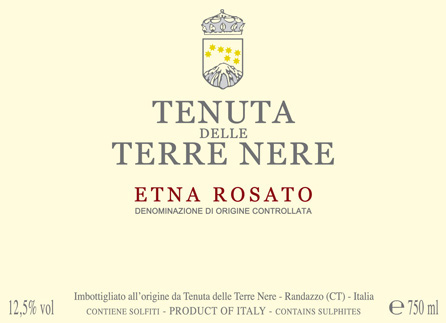
- 100% Nerello Mascalese
- Produced from the young vines in all the vineyards of the estate in the townships of Randazzo and Castiglione di Sicilia (Catania)
- Volcanic soil
- Northern slope of Mount Etna, from 600 up to 900 meters above sea level
- 25-60 year-old-vines
- Harvested in the first week of October
- Fermentation and aged in steel vats
- Annual production is 2,750 9L cases
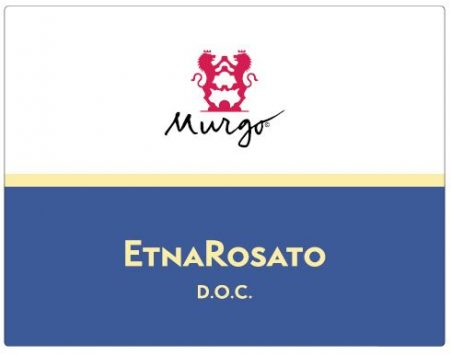
- 100% Nerello Mascalese
- A brief maceration of the skins for 24-hours
- Aged in stainless steel for 5 months before bottling
- 1,000 cases produced annually
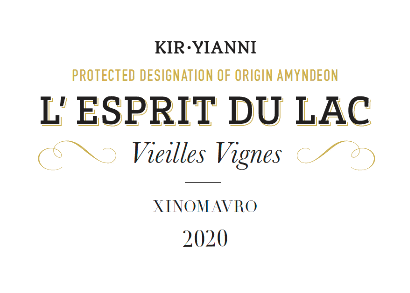
Xinomavro Rose ‘L’Esprit du Lac’, Kir-Yianni
- 100% Xinomavro
- 60-year-old vines
- Aged 4 months in tank sur-lie
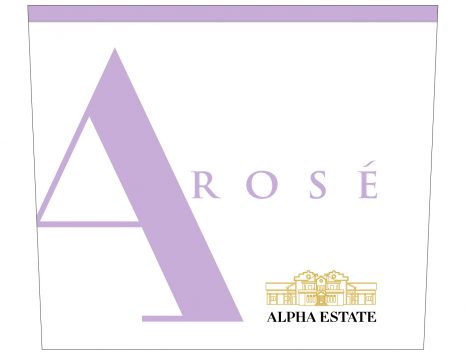
- 100% Xinomavro
- Grown in the high-altitude (660m) sandy soil of Amyndeon, Greece’s only appellation for rosé
- Destemmed and fermented in tank at gradually increasing temperature for aromatic complexity
- Short aging (2 months) with lees stirring
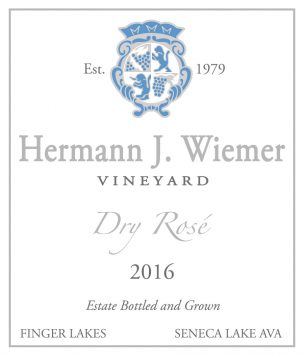
- Wiemer’s Dry Rosé is sourced from Pinot Noir grown on the slopes of Seneca Lake
- Limited skin contact provides its color
- Selections are made by hand, both in the vineyard and in the winery
- The result is a Rosé with balanced ripeness and refreshing complexity
- 12% ABV
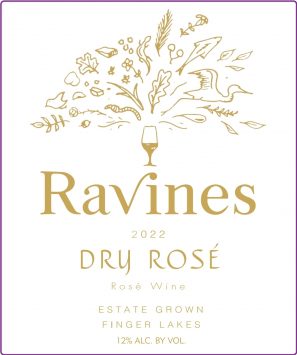
- 57% Blaufrankisch, 43 % Riesling
- White Springs Vineyard (Seneca Lake AVA)
- Vineyard planted in 2013 and in 2007
- Soils: Honeoye loam over limestone
- Eastern exposure
- Blaufrankisch hand harvested to limit skin contact, Riesling machine harvested
- Whole cluster pressing for Blaufrankisch
- All grapes were fermented in open top stainless steel fermenters
- Filtered prior to bottling
- 12.4% ABV
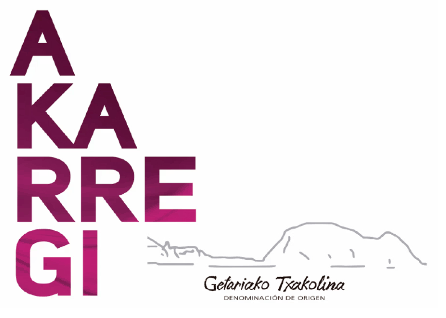
Getariako Txakolina Rosado, Akarregi Txiki
- 50% Hondarrabi Zuri, 50% Hondarrabi Beltza
- Hand-harvested off sloped perched directly over the Atlantic in Getaria
- All grapes, white and red, directly pressed into closed tank where the juice is cold-fermented and raised for three months before bottling off the lees with a hint of residual carbonic gas
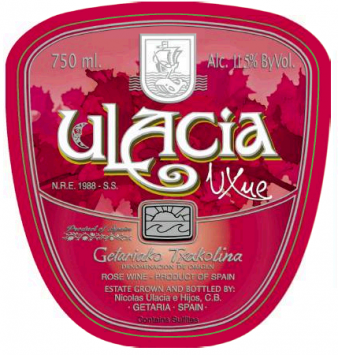
- 75% Hondarrabi Beltza (40 to 50 year old vines) and 25% Hondarrabi Zuri
- Grown on clay over granite bedrock
- Red grapes are destemmed, crushed, and macerated on the skins for 3 hours before pressing and transfer to stainless steel tank for fermentation.
- White grapes are picked and pressed separately, and their juice is added to the pink juice (ratio 1 : 3) to ferment together
- 20 day fermentation at cool temperature (16°C)
- Bottling 3 months after harvest




